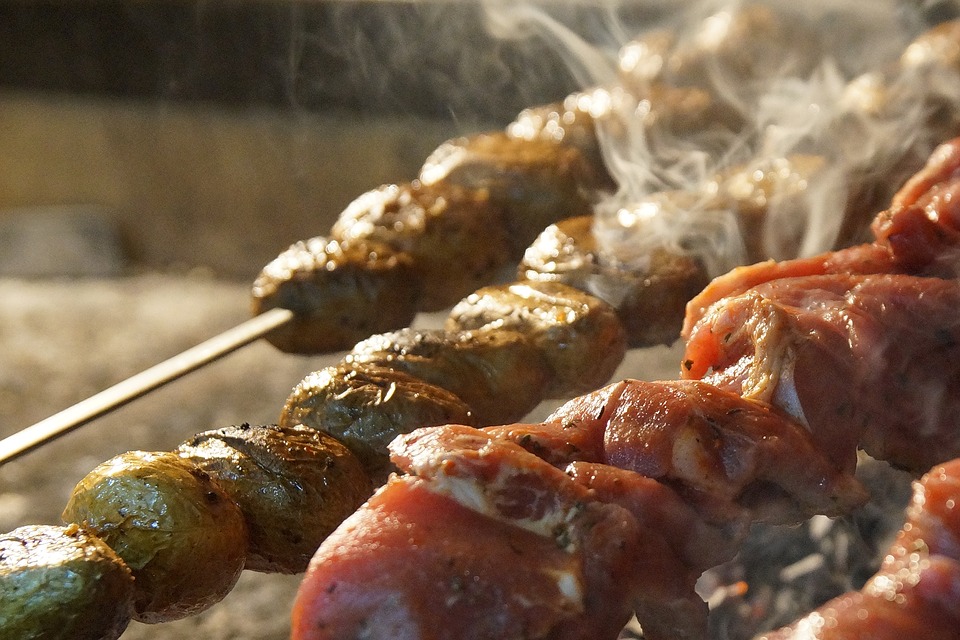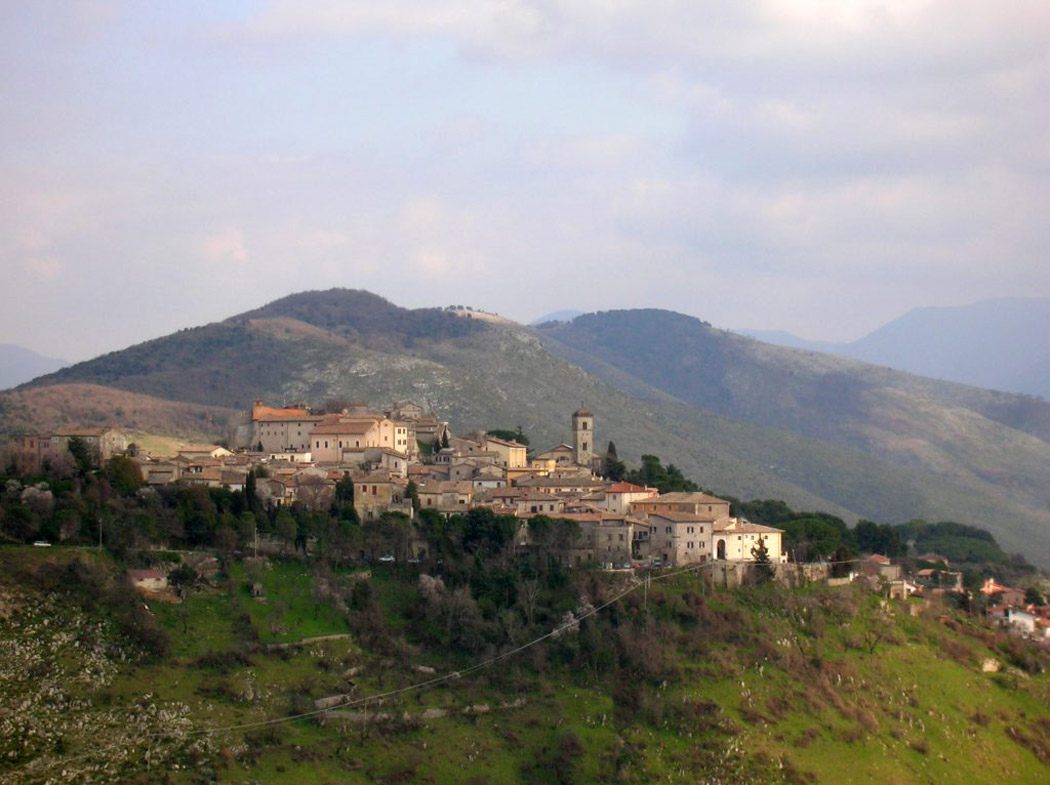

The roots of the town lie in the history of Sabina, in the area of the ancient city of Cures in which reigned Tito Tazio and that was the municipality of the Augustan Region IV during the Roman Empire. But its foundation as the current village is medieval and is due to the Lombards who founded it in the sixth century AD. The name 'Fara' in fact means 'Lombard communities'.
The history of Fara is however interwoven with that of the famous and powerful Abbey of Farfa, also called 'Imperial Abbey' for its political disposition; it was released from papal control but kept close to the Holy See. In a few decades it became one of the most known and prestigious centres of medieval Europe and Charlemagne himself, shortly before he was crowned in the Capitol,visited and paused in the Abbey.
The decline of the Carolingian Empire and the arrival of Saracens were the causes of the decline of the abbey that was conquered and set on fire.
The final decline came with the Agreement of Worms (1122), which marked the passing of the monasteries to papal authority.
In the fifteenth century the abbey was transformed into a Commandry and was placed in the fiefdoms of the Orsini family and later was ruled directly by the Holy See.















Follow us